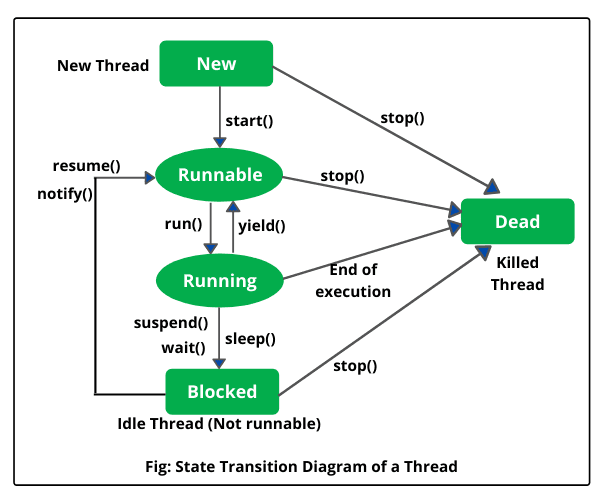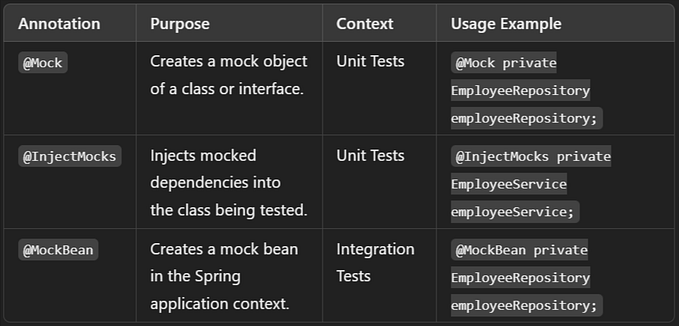Member-only story
Comprehensive Guide to @Repository in Java with Mockito Unit Tests
Overview
The @Repository annotation in Spring Boot is a critical part of the persistence layer, allowing seamless integration with databases while promoting clean separation of concerns. This article dives into creating a robust EmployeeDao class to handle database operations using a JDBC connection and testing it effectively with Mockito. Whether you’re preparing for a coding interview or improving your database integration skills, this guide covers practical implementations with clear examples.

Purpose
- Understand the use of
@Repositoryin a Spring application. - Implement CRUD operations with JDBC.
- Write unit tests for DAO classes using Mockito.
Table of Contents
- Introduction to
@Repository - Implementing
EmployeeDao
- Creating the DAO class
- Methods:
findEmployeeByIdandsaveEmployee
- Writing Unit Tests for
EmployeeDao
- Mocking database connections
- Verifying interactions with
Connection,PreparedStatement, andResultSet









